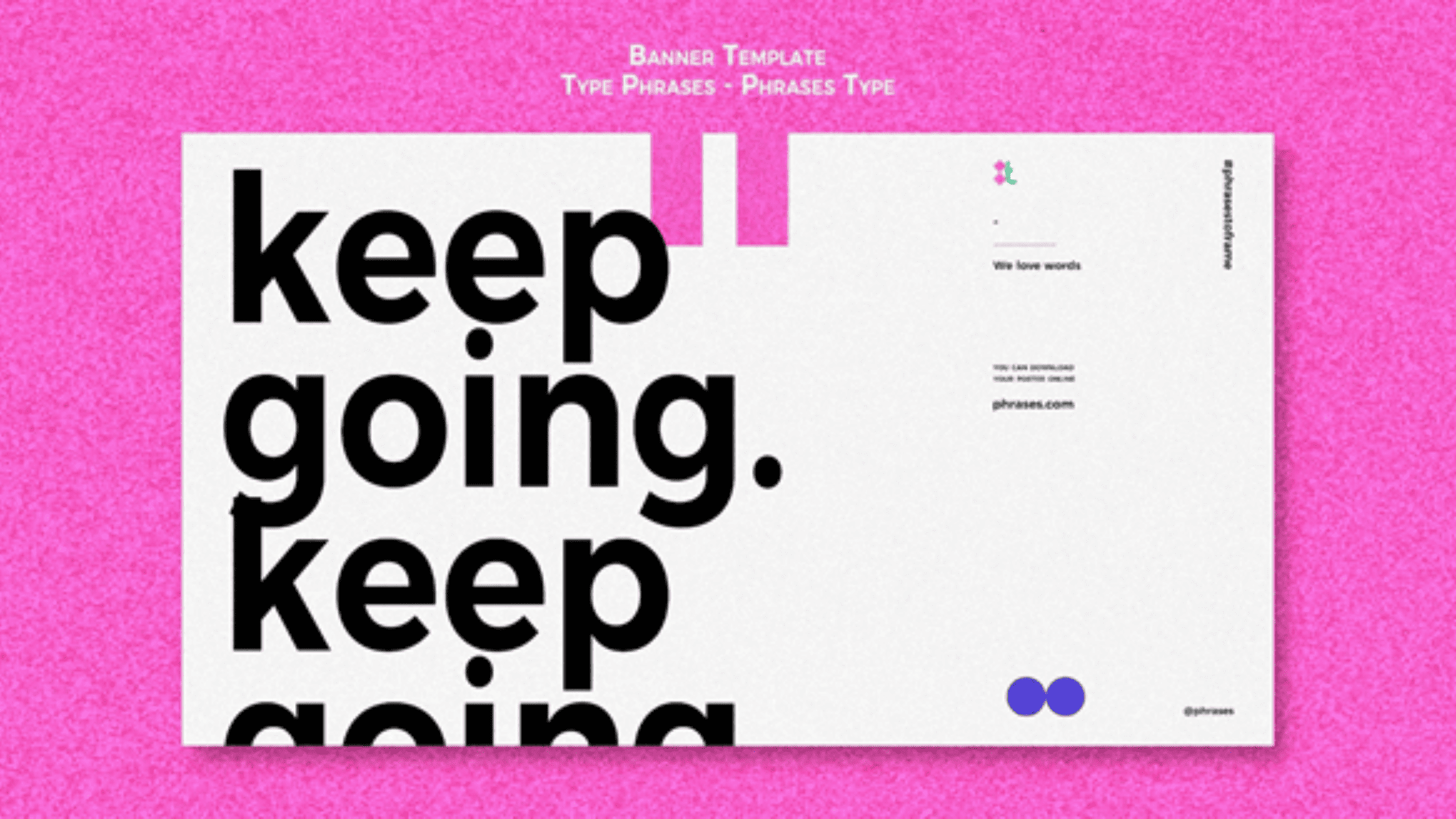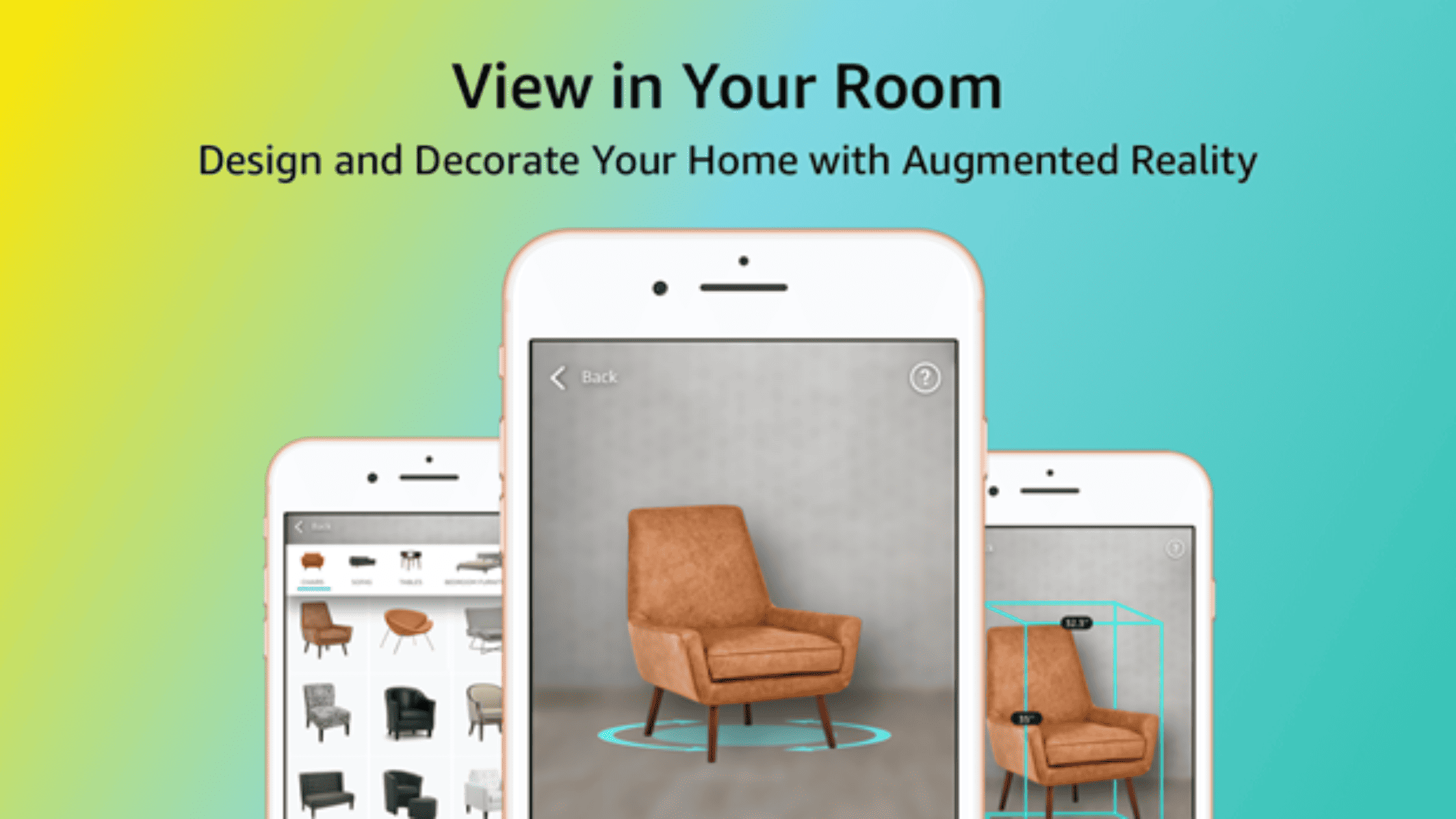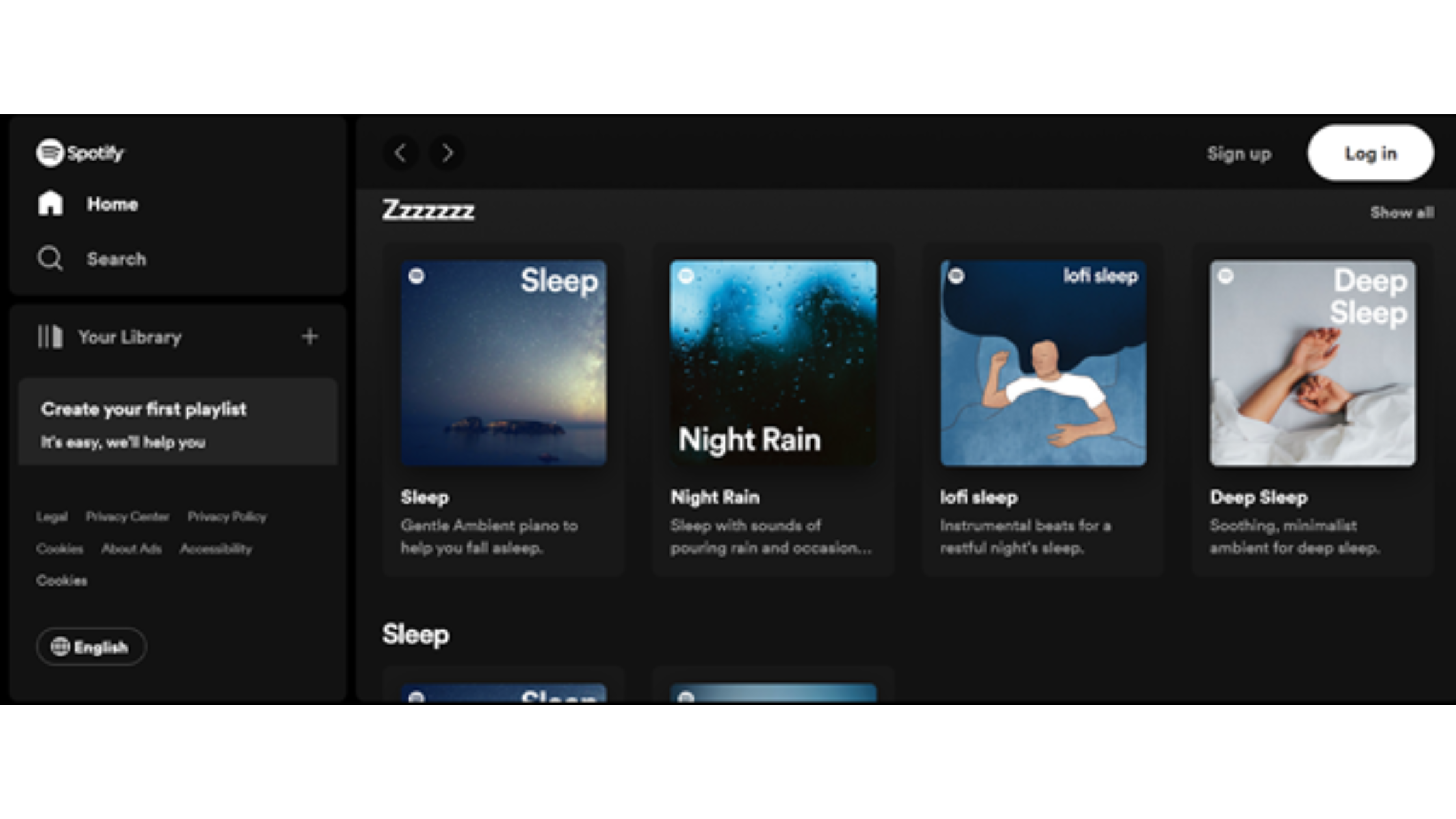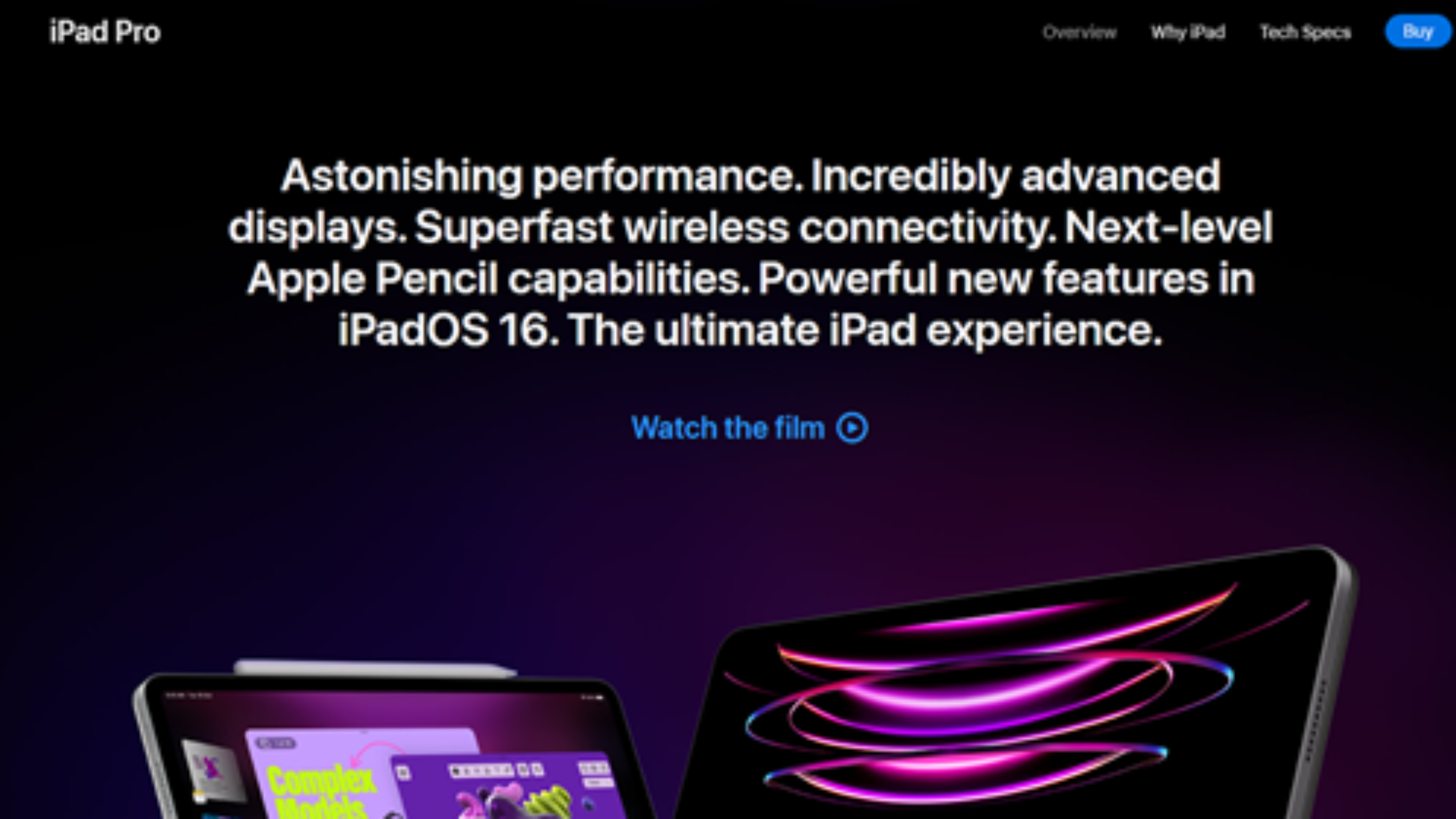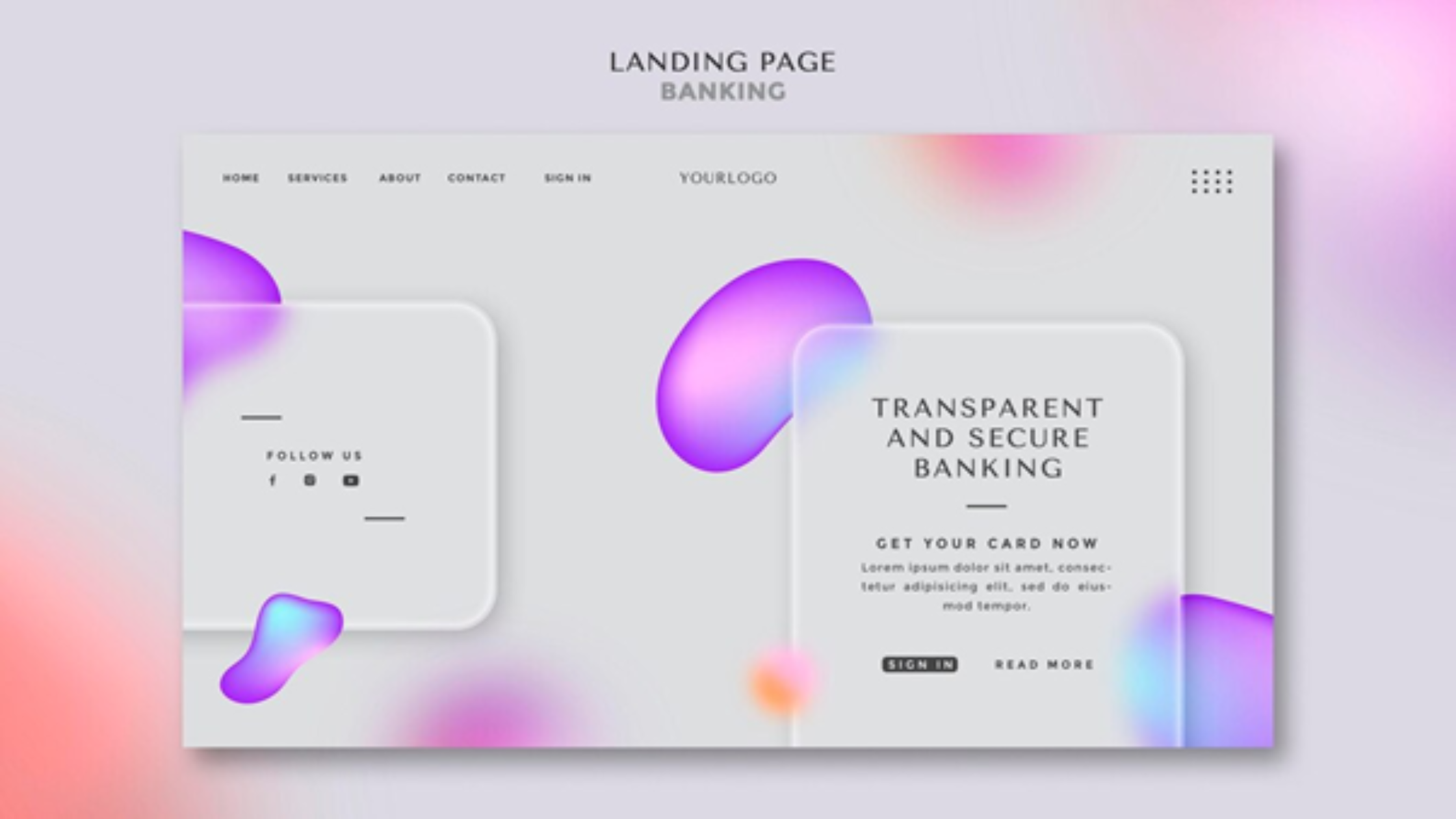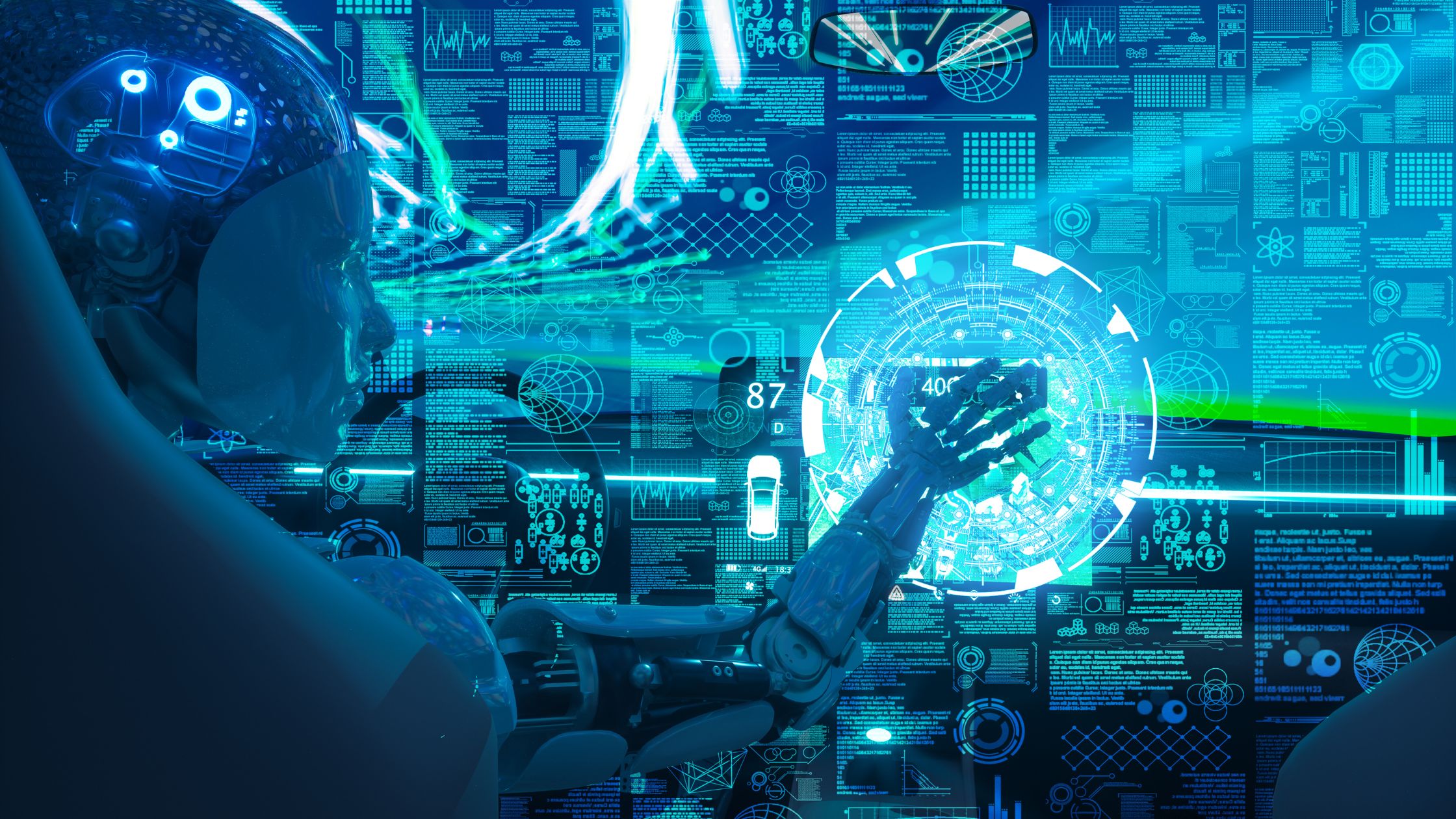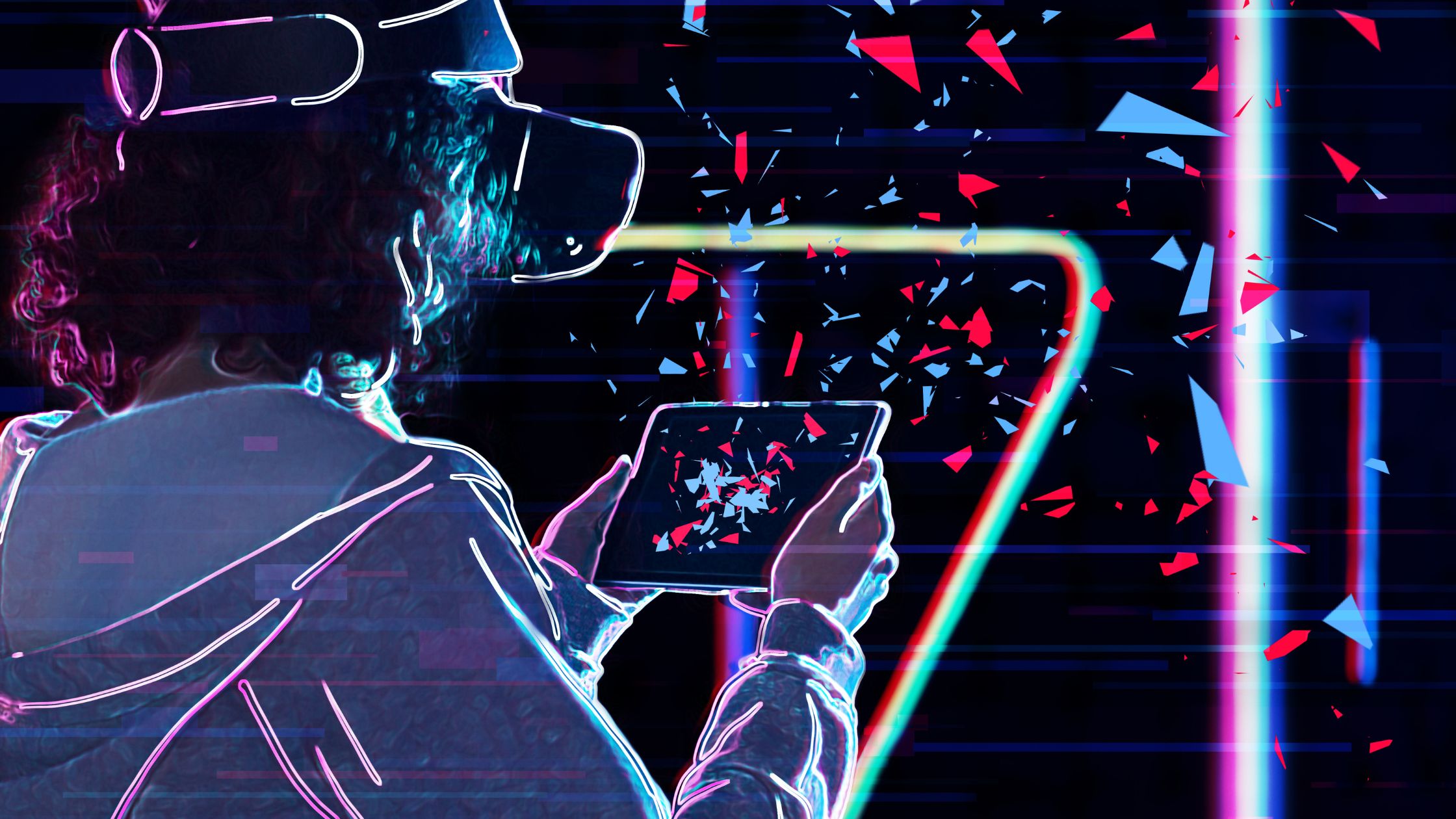Introduction
According to a survey, 29% of startups fail because they run out of cash, and startups that scale properly grow 20 times faster than those that rise prematurely. Building an MVP can help you avoid these pitfalls by validating your idea and finding the product-market fit before investing too much.
Minimum Viable Product (MVP) is the key to launching your idea quickly and successfully in the digital landscape. This is like the baby version of your product, designed to test if people want what you’re making. It’s an intelligent way for startups to save time, money, and effort and avoid making something nobody cares about.
Let’s break it down.
What’s the Deal with the MVP?
• Breaking It Down
An MVP is like a sneak peek of your product. It’s the most basic version to test if your business idea is a hit. Instead of going all out, you focus on the must-have features for launch. This way, you spend less time and money figuring out if people are into your idea.
• Saving Your Time, Money, and Energy
Imagine building a massive product only to find out nobody wants it – that’s a big oops. The MVP is your superhero cape against this. By starting small, you dodge the risk of wasting time and resources. It’s like taking an intelligent shortcut to determine if your idea is a winner.
• Dodging the “Build Something Nobody Wants” Trap
Ever heard of the saying, “If you build it, they will come”? Well, only sometimes. Sometimes, you build something, and nobody cares. The MVP helps you avoid this. By putting out a basic version and seeing how people react, you skip the part where you build a whole thing only to realize it’s a dud.
How MVP Development Boosts Your Startup?
• Fast Changes and Flexibility
The MVP is like a speedy race car. It lets you make quick changes based on what people say. This flexibility means your product keeps up with customers’ wants, staying ahead of the game.
• Putting Customers First
With the MVP, customers take the spotlight. By getting them involved early, you learn what they like and need. This approach not only keeps them happy but also helps you make a product that they’ll love.
• Learning and Getting Better
Launching an MVP is like opening a treasure chest of lessons. The feedback you get helps you make your product better bit by bit. It’s like getting insider tips on how to make your startup a superstar.
Crafting Success with MVP Development
The phrase “Start Small, Win Big” resonates more than ever in the world of technology.
Your MVP is the initial step in transforming your concept into a market-ready product. It’s all about taking an innovative, focused approach to making your product. Starting with a cool MVP sets you up for significant victories.
The MVP Development Blueprint is not just a fancy idea; it’s a game-changer for startups. By starting small, you’re not just playing it safe but setting the stage for huge successes. So, dive into the MVP journey and let the wins roll in!
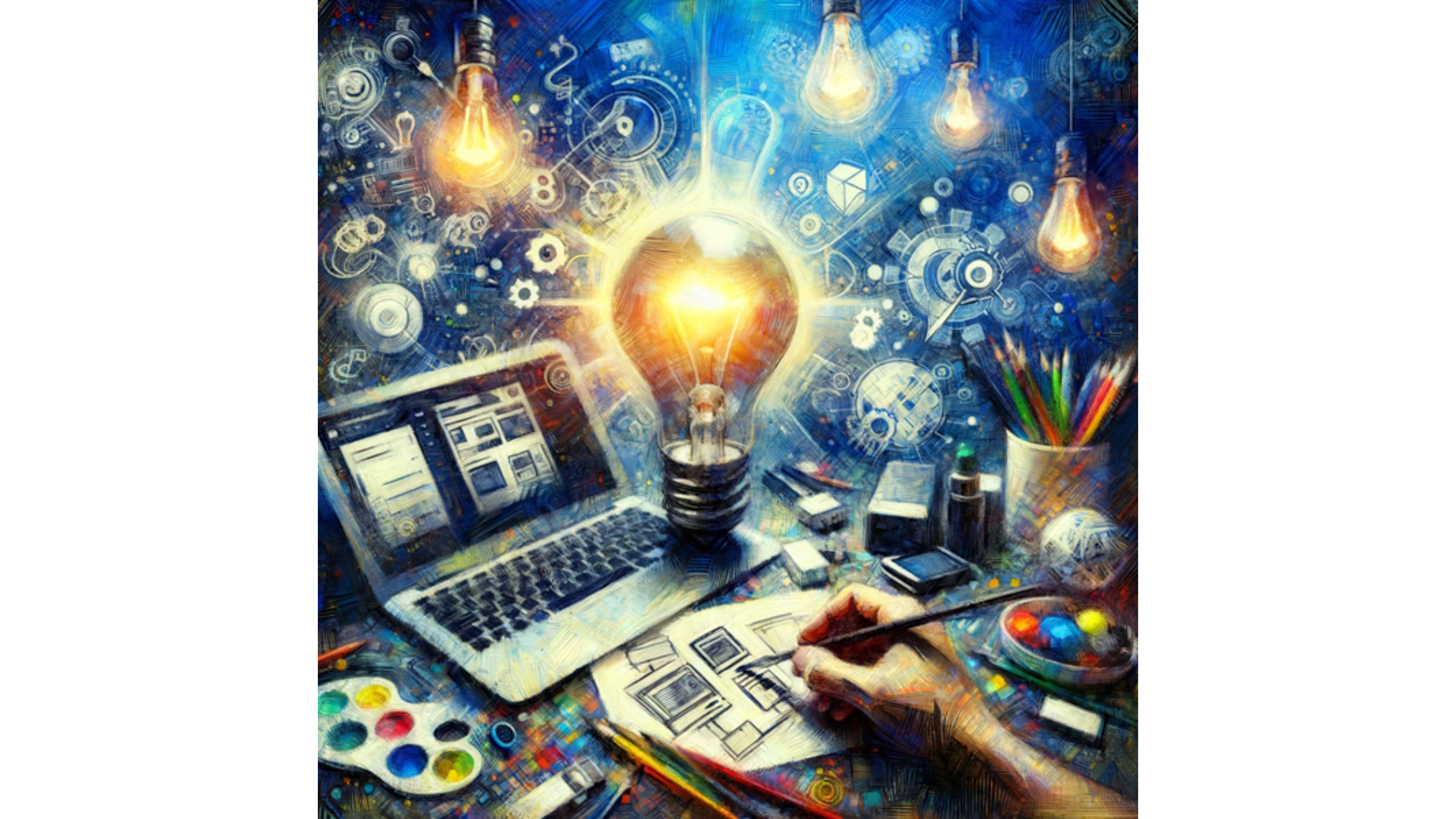
A Step-by-Step Guide to Building a Successful MVP
Step 1: Define Your Vision
The journey begins with a clear vision. Define the problem you aim to solve and envision the solution. Understand your target audience and their pain points. This foundational step lays the groundwork for a successful MVP.
Step 2: Collaborate with AlignMinds
Engage with our team at AlignMinds. We immerse ourselves in your vision, ensuring a deep understanding of your goals and objectives. This collaborative approach sets the stage for a successful partnership.
Step 3: Strategize Your MVP Development
Strategic planning is essential for success. Work closely with AlignMinds experts to strategize your MVP’s features, functionalities, and user experience. This roadmap becomes your guide for the development journey.
Step 4: Embrace Agile Methodologies
Agility is key in the dynamic world of MVP development. Embrace agile methodologies to allow for adaptability and quick iterations. This approach ensures that your MVP evolves rapidly, staying in tune with market demands.
Step 5: Design and Develop Your MVP
Watch your vision come to life as AlignMinds’ skilled designers and developers collaborate. From wireframes to prototypes, we craft an MVP that looks impressive and functions seamlessly.
Step 6: Prioritize User Experience
User satisfaction is paramount. Prioritize user-centric design to enhance the overall experience. Ensure your MVP meets and exceeds user expectations, leaving a lasting impression.
Step 7: Ensure Quality Assurance
Reliability is non-negotiable. AlignMinds’ QA experts rigorously test every aspect of your MVP, ensuring a bug-free and robust product. Quality assurance is a crucial step toward delivering excellence.
Step 8: Plan for Scalability
Think beyond the MVP. AlignMinds designs your product with scalability in mind. This forward-thinking approach ensures a smooth transition from MVP to a fully-fledged, scalable solution.
Step 9: Experience Dedicated Support
Your success is our priority — experience dedicated support throughout the development process and beyond. AlignMinds’ team is here to address your queries, offer guidance, and ensure a seamless experience.
Step 10: Embrace Innovation
Join AlignMinds, an innovation hub that fosters creativity. Our team stays updated on the latest trends and technologies, infusing innovation into every project. Stand out in the crowded digital landscape with AlignMinds’ forward-thinking approach.
What Sets AlignMinds Apart?
Our team at AlignMinds specializes in crafting MVPs that minimize time to market and maximize impact. Our commitment to excellence, proven track record, and innovative approach make us different!
Our Approach
• Understanding Your Vision
We believe in the power of collaboration. Our first step is to immerse ourselves in your vision. By understanding your goals, target audience, and unique selling propositions, we lay the foundation for a successful MVP.
• Strategic Planning
Once we grasp the essence of your idea, our team meticulously plans the development process. We strategize the features, functionalities, and user experience to create a roadmap that aligns with your business objectives.
• Agile Development
Agility is at the core of our development process. We utilize agile methodologies, allowing us to adapt to changes seamlessly. This iterative approach ensures that your MVP evolves rapidly, meeting market demands efficiently.
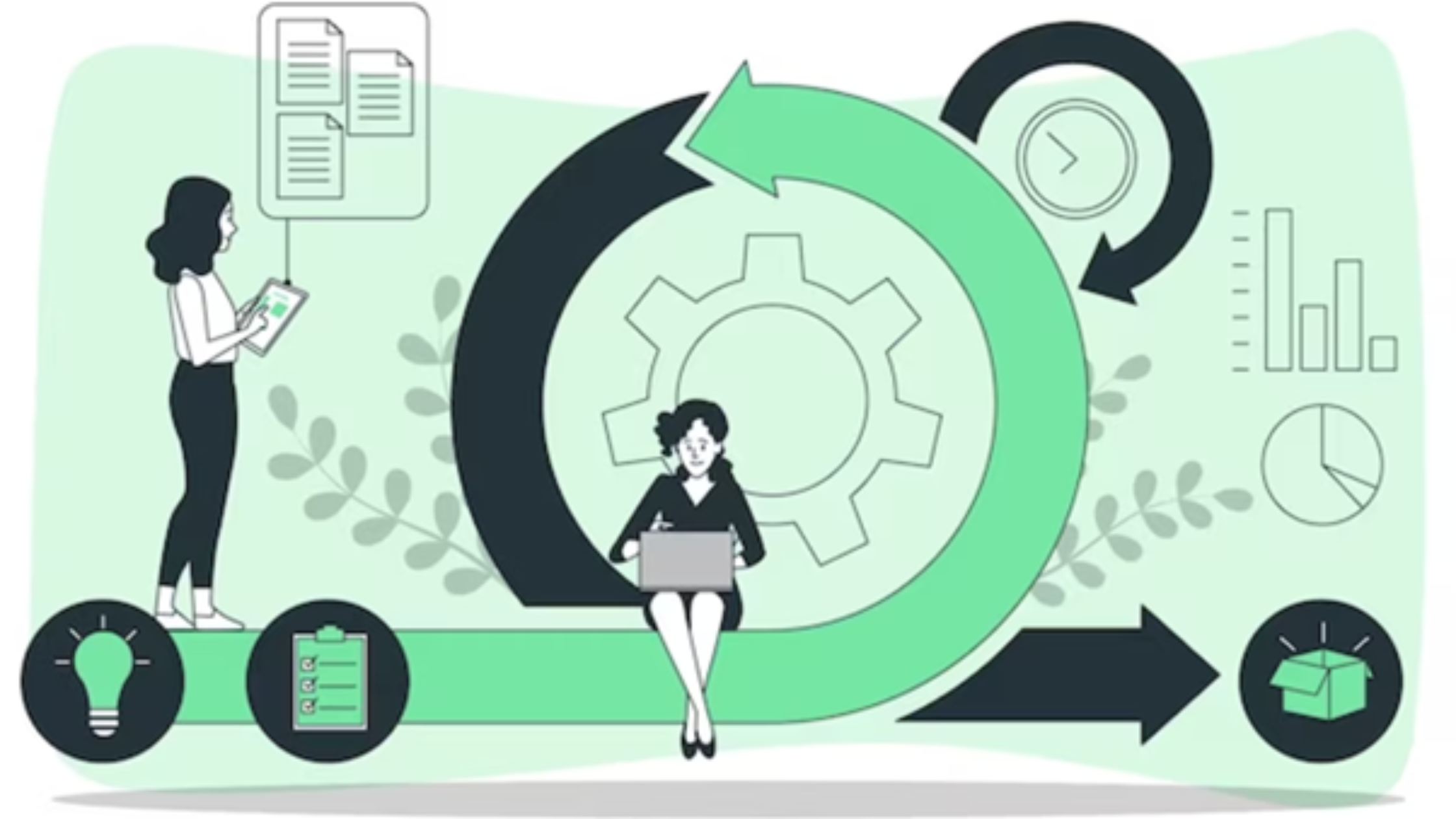
Our Services
• MVP Design and Development
Our team of seasoned designers and developers collaborates to create an MVP that not only captivates users visually but also functions seamlessly. From wireframes to prototypes, we bring your concept to life.
• User Experience (UX) Optimization
We prioritize user-centric design to enhance the overall experience. By focusing on usability and accessibility, we ensure that your MVP resonates with your target audience, leaving a lasting impression.
• Quality Assurance
Reliability is non-negotiable. Our QA experts rigorously test every aspect of your MVP, guaranteeing a bug-free and robust product. We are committed to delivering excellence that exceeds industry standards.
• Scalability Planning
Thinking beyond the MVP, we plan for scalability. Our team designs your product with future growth in mind, ensuring a smooth transition from MVP to a fully-fledged, scalable solution.
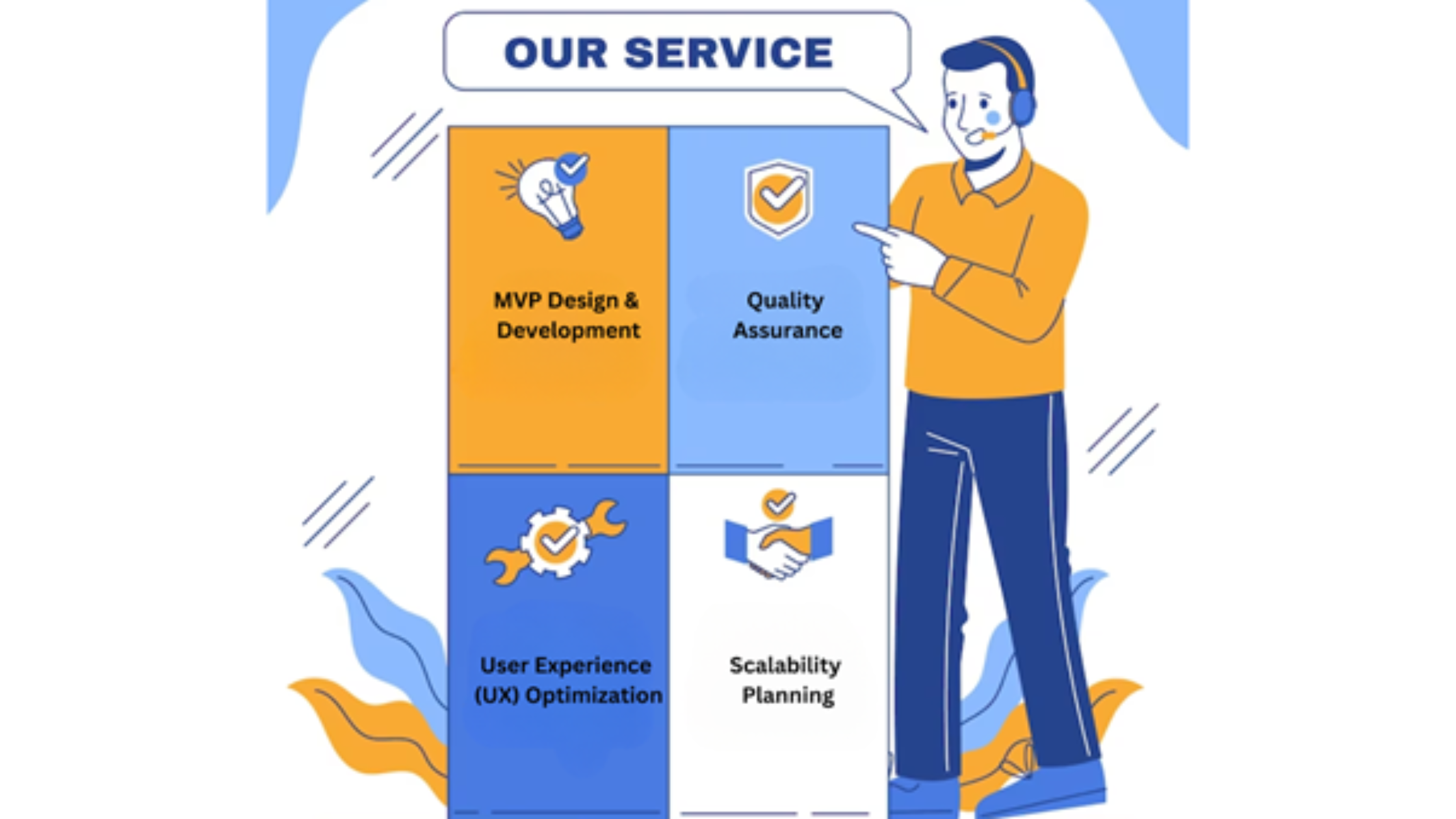
If you want to experience our services first-hand, book a free consultation with our experts. Follow the above steps, starting small to win big – that’s the MVP development blueprint we swear by.
Contact us today, and let’s bring your vision to life.








